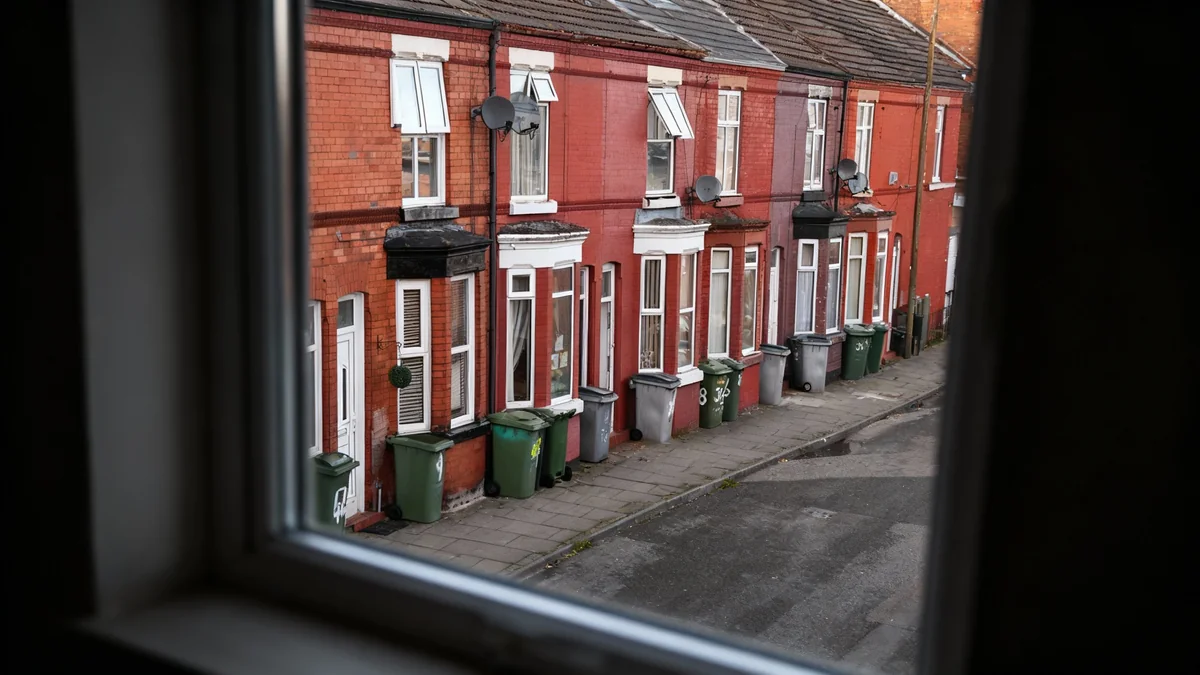A substantial amount of illegally dumped waste beneath the M53 motorway has remained untouched for six months, despite reports to authorities. Local residents have expressed growing frustration as the refuse has begun to sprout various plants, transforming the site into what some describe as an 'allotment'.
Key Takeaways
- Over five lorry loads of waste have been left under the M53 for six months.
- Residents reported the dumping incident to police and Wirral Council in March.
- Vegetables like tomatoes and melons are now growing from the waste piles.
- The Environment Agency confirms an ongoing investigation with police involvement.
- Local residents criticize the lack of action and the potential for further fly-tipping.
Illegal Dumping Incident Reported in March
The incident occurred on March 6, when Alan Howgate was walking his dog, Bryn, under the M53 motorway. At approximately 9:00 AM, he observed a lorry actively dumping large quantities of waste near the Merseyrail New Brighton line. This area is situated close to the Bidston Moss nature reserve and the Junction One retail park.
Mr. Howgate immediately documented the scene by taking photographs. He then contacted the police via 999 and also reported the matter to Wirral Council. The images captured by Mr. Howgate show at least five lorry loads of processed rubbish at the site, along with a photograph of the vehicle involved.
Understanding Land Ownership and Responsibility
The land under a public highway, such as the M53, can often be privately owned. In such cases, the primary responsibility for removing illegally dumped waste, known as fly-tipping, typically falls to the landowners. However, local authorities retain the power to take enforcement action against landowners who fail to address significant waste issues.
Clearing fly-tipped waste and ensuring its proper disposal can incur significant costs for local councils. These costs are often difficult to recover, placing a financial burden on public services.
Waste Becomes an Unintended Garden
Six months after the initial report, the large piles of waste remain undisturbed. Following periods of rain, the stagnant rubbish has fostered unexpected growth. Hundreds of plants, including tomatoes, melons, and wheat, have begun to sprout from the discarded material. This has led to the site being informally referred to as an 'allotment' by some.
This prolonged inaction has caused considerable frustration among local residents and community groups. Alan Howgate, who initially reported the dumping, expressed his exasperation to the ECHO newspaper.
“It’s like a game of musical rubbish and it’s not going anywhere,” Mr. Howgate stated. “The hours and hours I am spending trying to get something to be done about it and I am getting close to the point of giving up myself. Other people have been down this road and given up and I can see why.”
Community Leaders Demand Action
Steve Taylor, who leads a local litter-picking group, echoed Mr. Howgate's concerns. He emphasized the negative impact of such large-scale fly-tipping on community efforts to maintain cleanliness and prevent further environmental degradation.
“It makes me feel exasperated especially with all the effort we put in with what we do here,” Mr. Taylor commented. “If it’s just abandoned and left to be littered, it becomes the norm. People then do it all the time. It’s very disappointing to come across. We have put in major efforts to try to clear a lot of dumped rubbish ourselves.”
Mr. Taylor highlighted the scale of the problem, noting that the amount of waste is beyond the capacity of volunteer groups to clear. He also pointed to a perceived lack of clear responsibility between different agencies.
“You see this, which is beyond our capacity, and the council, the Environment Agency, just walk away from it. It seems like both parties are saying it’s not our job and this becomes a dumping ground,” he added.
Fly-Tipping Statistics
Fly-tipping remains a significant issue across the UK. In England, local authorities dealt with 1.09 million fly-tipping incidents in 2022/23. The cost of clearing large fly-tipping incidents can range from hundreds to thousands of pounds per incident, often borne by taxpayers.
Ongoing Investigation by Environment Agency
The Environment Agency has confirmed that an investigation into the incident is still active. They are working in collaboration with law enforcement to address the matter.
An Environment Agency spokesperson provided an update:
“Our investigation into waste being dumped under the M53 motorway near Bidston on the Wirral is ongoing. We are working with Greater Manchester and Merseyside Police to co-ordinate this investigation effectively.”
The agency also thanked members of the public for reporting such incidents. They encouraged individuals to continue reporting waste crime by calling their incident line on 0800 80 70 60.
The Broader Impact of Fly-Tipping
Fly-tipping has multiple negative consequences beyond visual blight. It can pose risks to public health through hazardous materials, attract vermin, and harm local ecosystems, especially when close to nature reserves like Bidston Moss. The presence of such large dumps can also deter legitimate use of public spaces and negatively affect property values in surrounding areas.
Effective enforcement and swift removal are crucial to prevent such areas from becoming habitual dumping grounds.
Call for Coordinated Effort
Residents and community groups are calling for a more coordinated and urgent response from all responsible parties. The ongoing presence of the waste, now six months old and visibly growing plant life, underscores the need for clear accountability and prompt action to resolve environmental issues affecting local communities.





